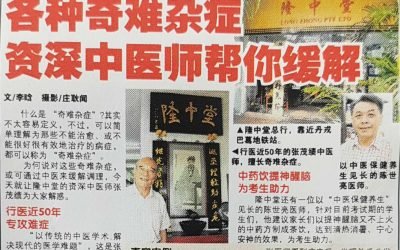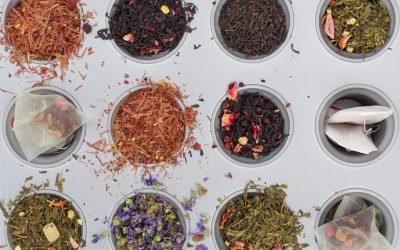
Tui Na
Imagine this scenario: You’ve been working non-stop on a very critical project for several long – 15 to 18-hour – days now. You are tense. You are stressed. Your neck hurts. You experience pain in your shoulder. Your back aches. Your entire body is one big collection of painful muscles and limbs. You instinctively rub your neck – and guess what? You feel relief!
And that’s precisely the healing touch that the traditional Chinese Massage practice of Tui Na delivers. Except that it works through a discipline that’s been established through over 2,000 years of practice.
Tui Na is grounded in the commonly held Chinese medical concept of Qi – or life-giving energy – through the meridians in our bodies. When this flow of Qi is destabilised – either as a result of trauma, stress or internal or external factors (e.g. diseases), it results in pain. Using carefully choreographed manipulation, in the form of deliberate massages at key points of the body, the Tui Na practitioner is able to realign the flow of Qi and relieve the pain.
Many individuals confuse a massage at a spa with Tui Na. They are two separate experiences, performed by professionals with entirely different backgrounds and skills. The practice of Tui Na is not something that anyone can perform. It takes solid knowledge of the human musculoskeletal system, and a deep understanding of the relationship of various muscles and ligaments in our body, in order to perform effective Tui Na. Delivered by untrained or inexperienced individuals, Tui Na might even leave you in more pain than before. Hence it is always recommended that you consult a specialist Tui Na practitioner for effective pain management.
Like many other comparable medical practices, Tui Na isn’t a single discipline. Rather, it has a number of “methods” or schools of thought that favor different approaches to pain management. In fact, various aspects of therapeutic principles are emphasized by different varieties of Tui Na.
The soft tissue approach, also known as the “Rolling Method”, espoused by the main Chinese school of thought, focuses on pains resulting from muscle sprains or joint injuries. The “One Finger Method” focuses on acupressure techniques and is favored when treating internal pains. The “Bone Setting Method” uses musculoskeletal knowledge to realign disjoint muscles or ease nerve pains. And finally there’s the “Nei Gung Method”, which uses a combination of massages and exercises to reinvigorate depleted energy levels in our bodies to relieve pain.
Typically, patients are required to wear lose-fit clothing, and to lay down flat on a padded floor or massage table for the session. This enables patients to relax before the session starts.
Pain management through Tui Na is all about focusing attention on specific pain relief centers all along our musculoskeletal system. While the primary approach is to use pressure, massages, rubbing and kneading, more advanced practitioners might also favor the use of specific Chinese herbs – both for internal consumption as well as topical use – for quicker pain relief.
As Seen On Newspaper
The Benefits of Treating Arthritis with Acupuncture
Acupuncture - Traditional Chinese Medicine The human musculoskeletal system comprises of several bones, and the intersection of two bones is known as a “joint”. Healthy joints have a cushion of cartilage and synovial fluid between them. The term “Arthritis” is...
Can Chinese Orthopaedic Treat Sports Injuries Effectively?
Cure Injuries Using Traditional Chinese Medicine Sports lovers, either professionals or armatures, are always prone to bumps, twists, hard impacts, friction, falls or stretching. As a result, they may be exposed to sport injuries of two types when practicing, training...
Introduction To Traditional Chinese Medicine (TCM)
Traditional Chinese Medicine Since its origination in China, Traditional Chinese medicine (TCM) has evolved over many thousands of years. The practice centers around the use of various medicinal herbs, combined with mind-body coordination techniques, to deliver...





